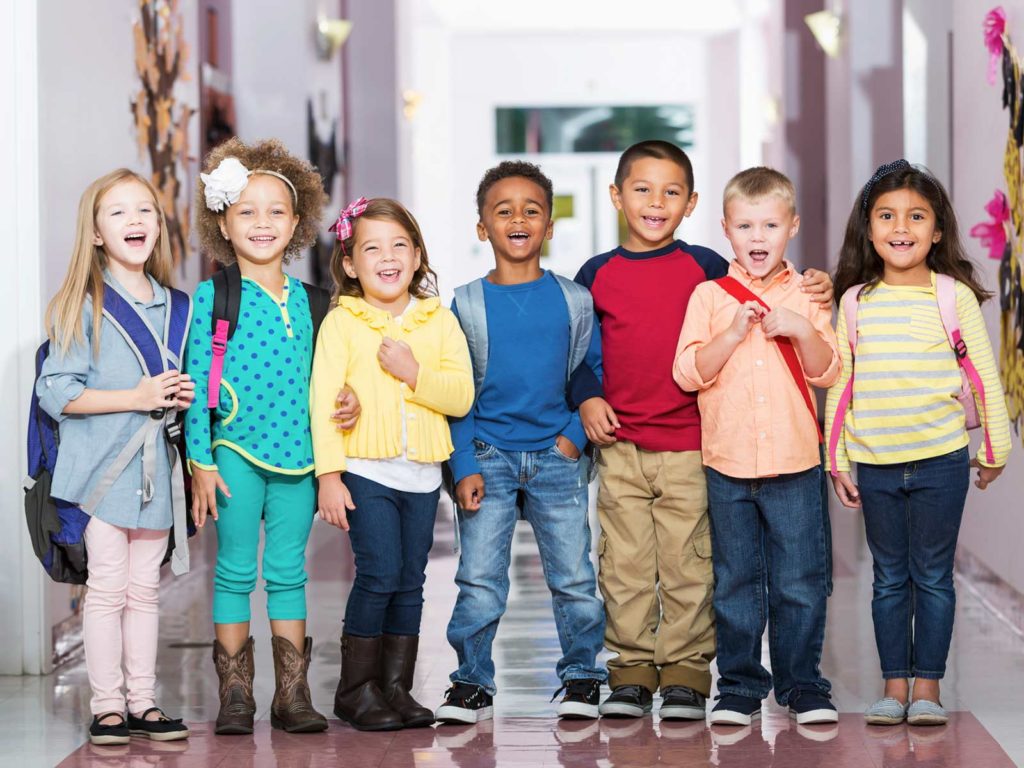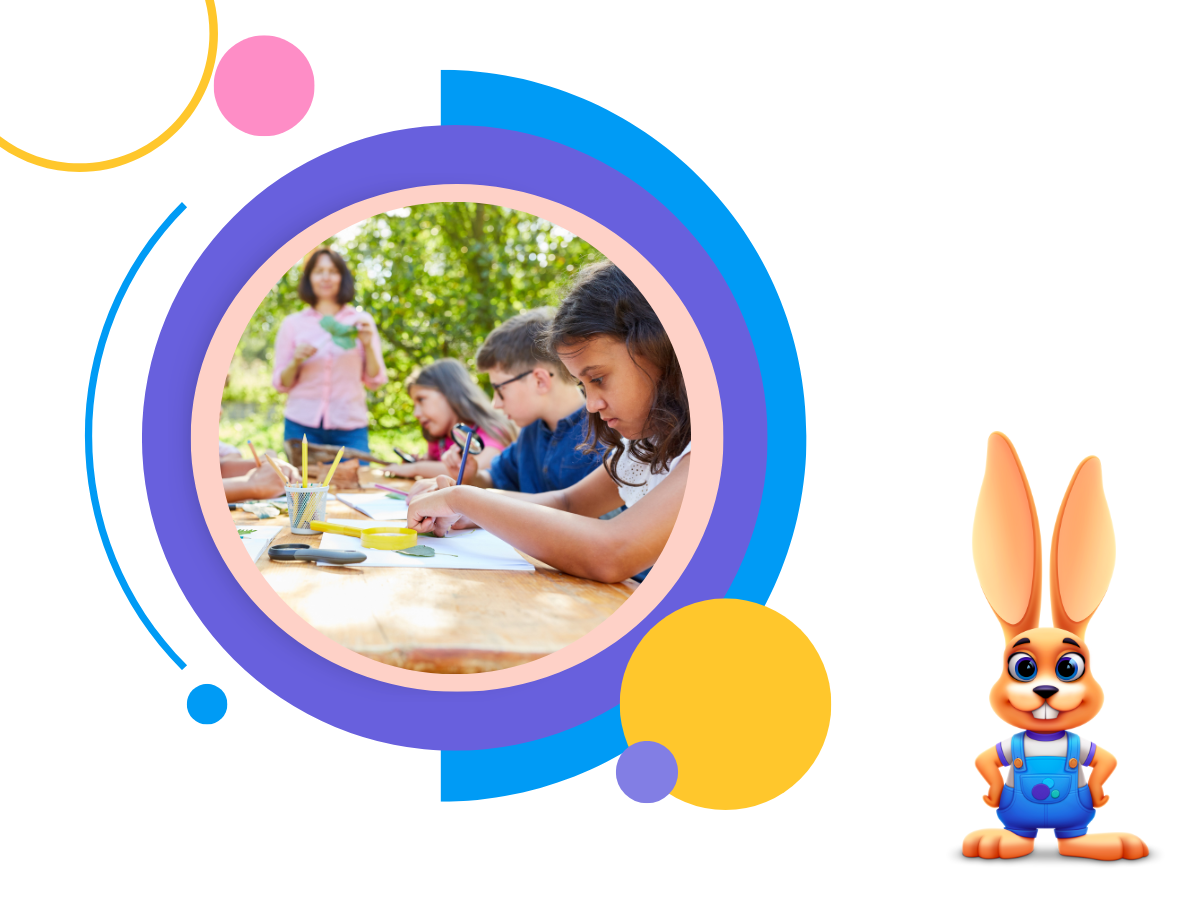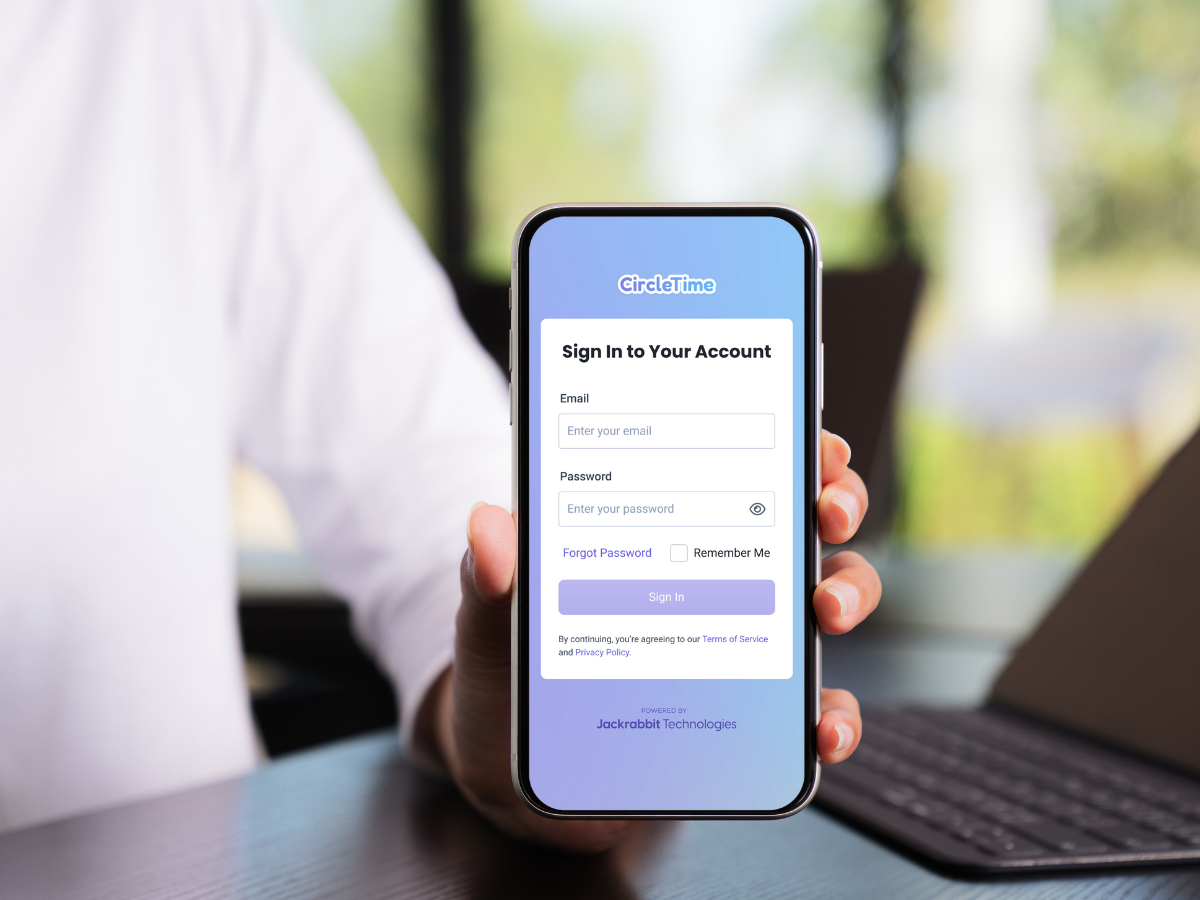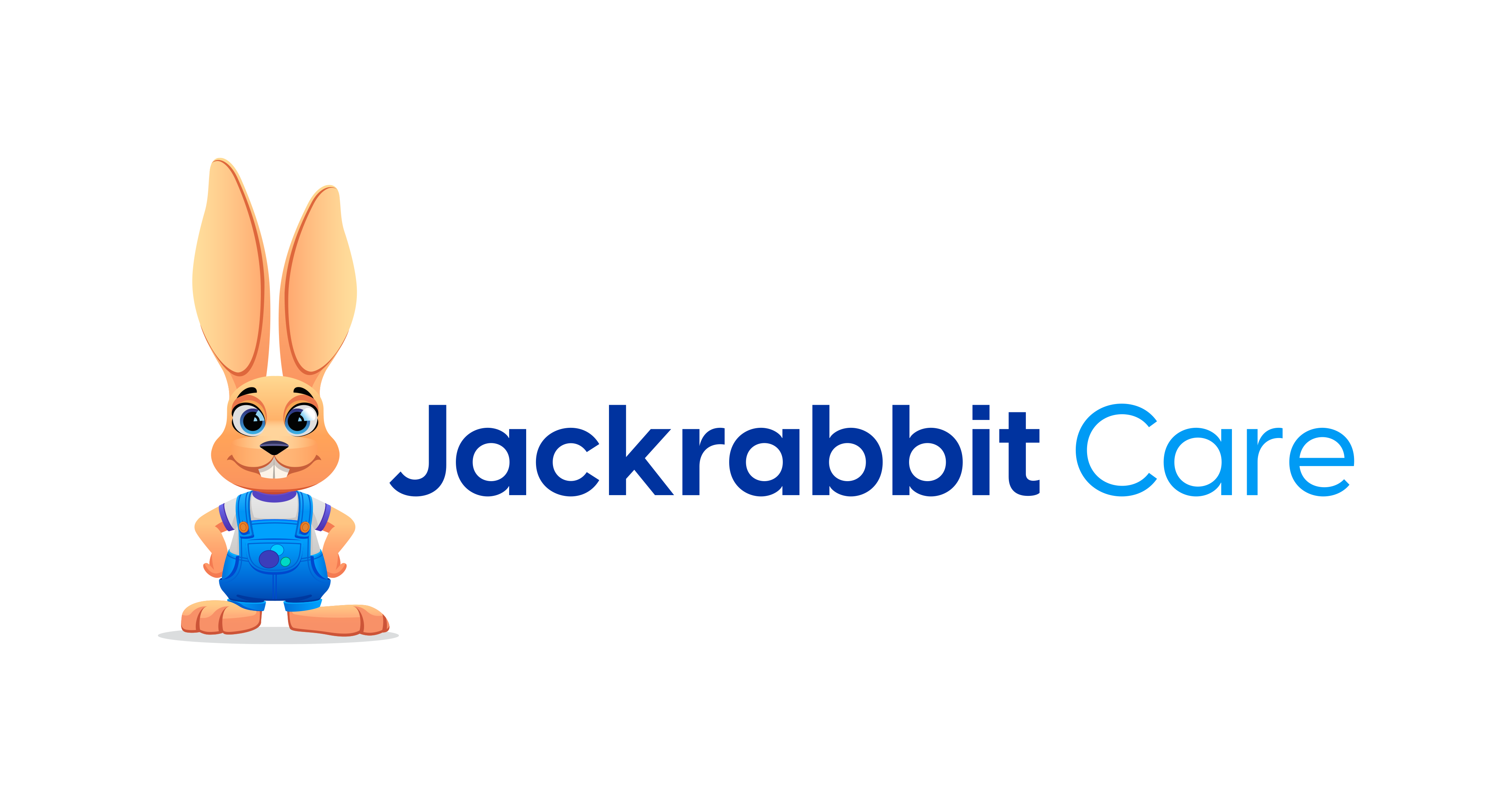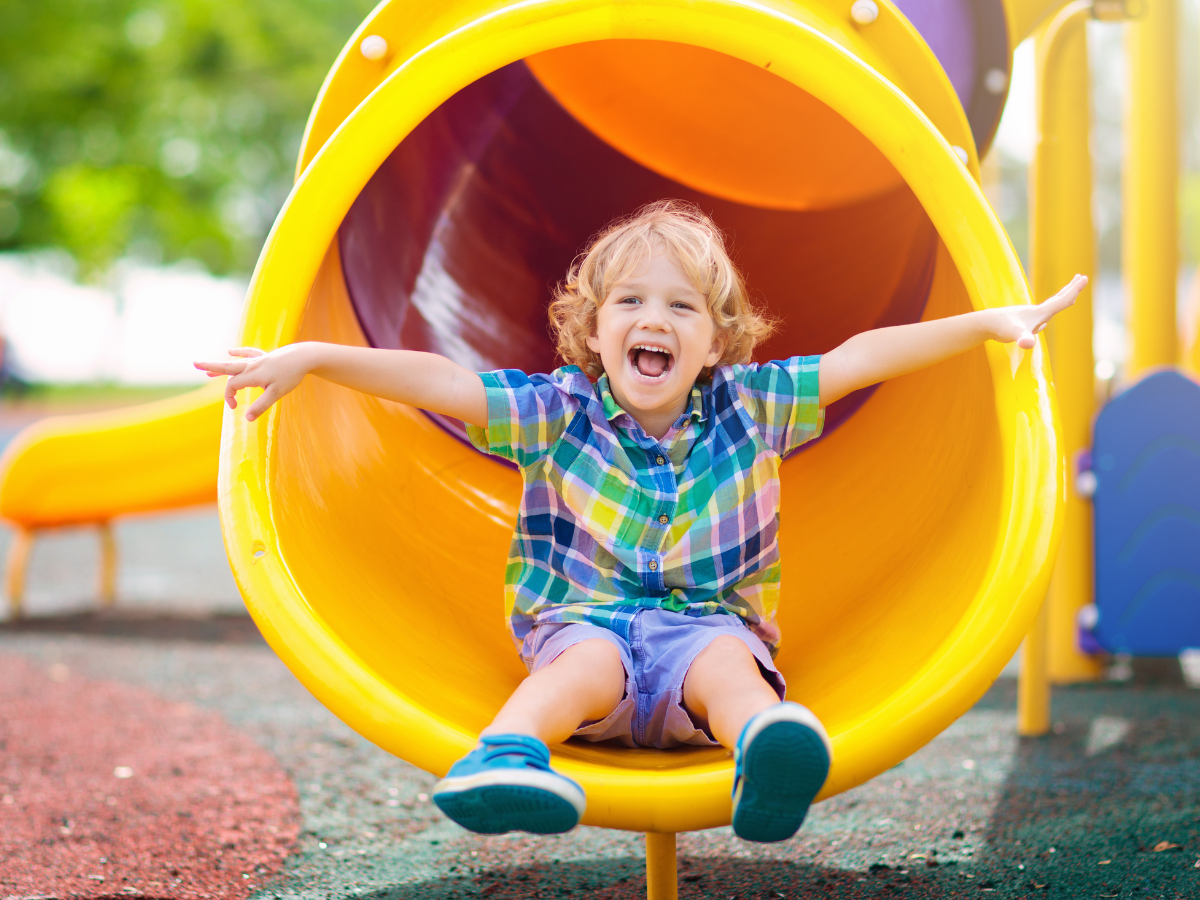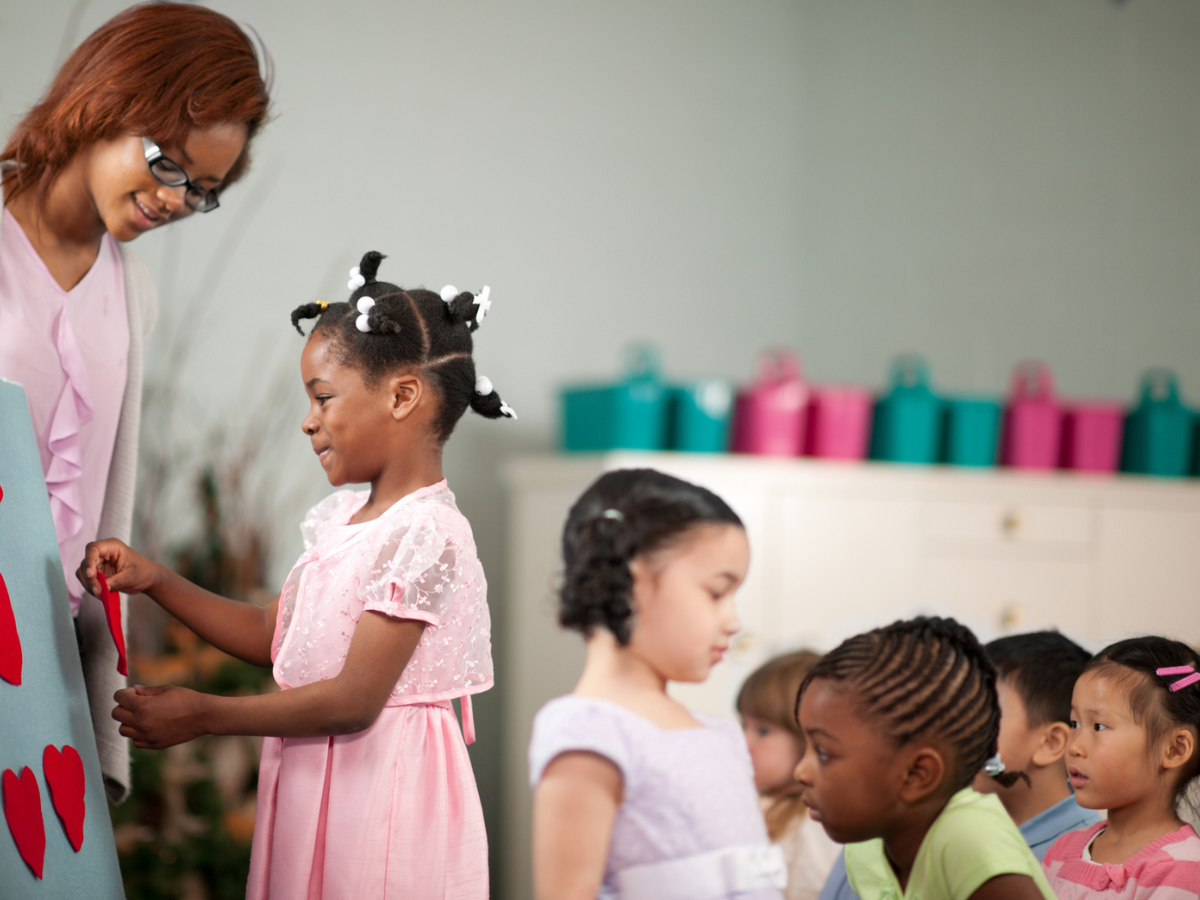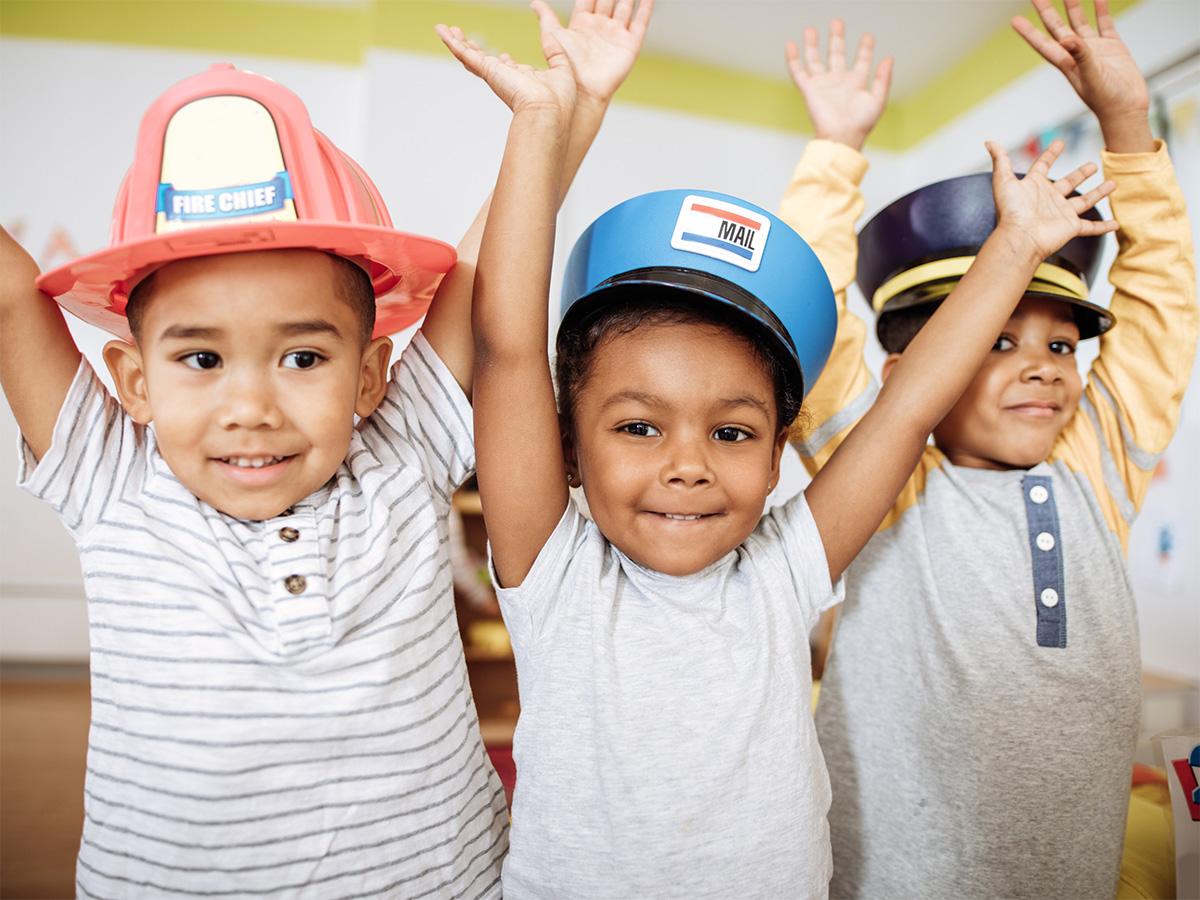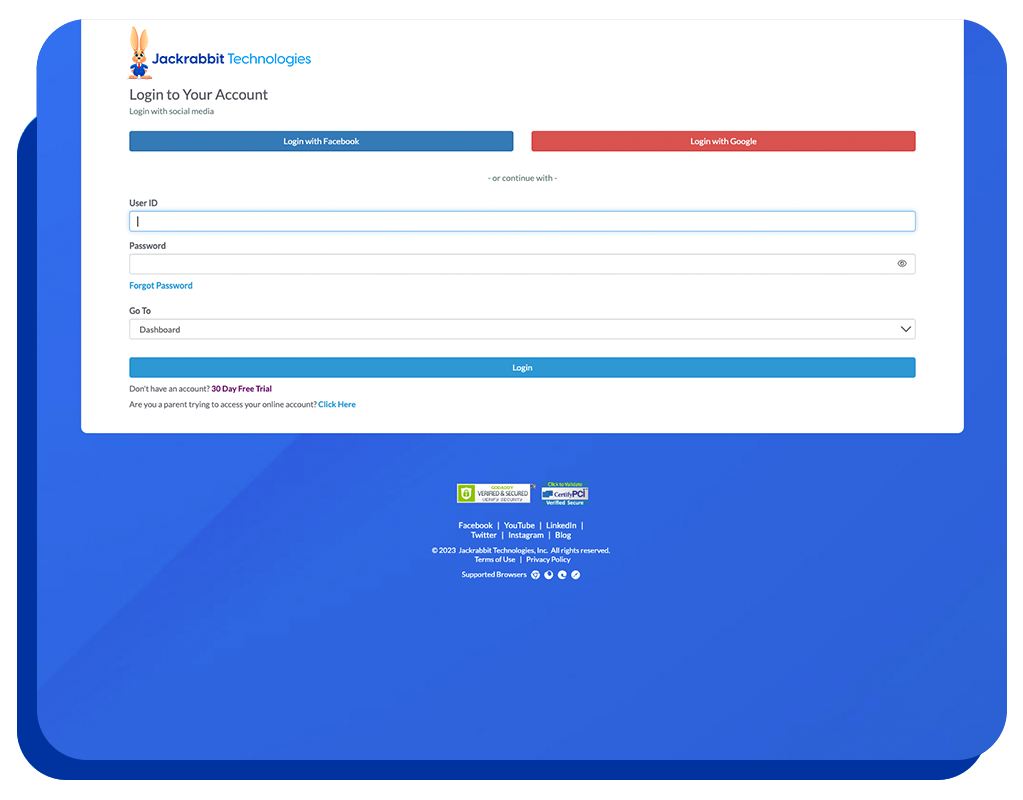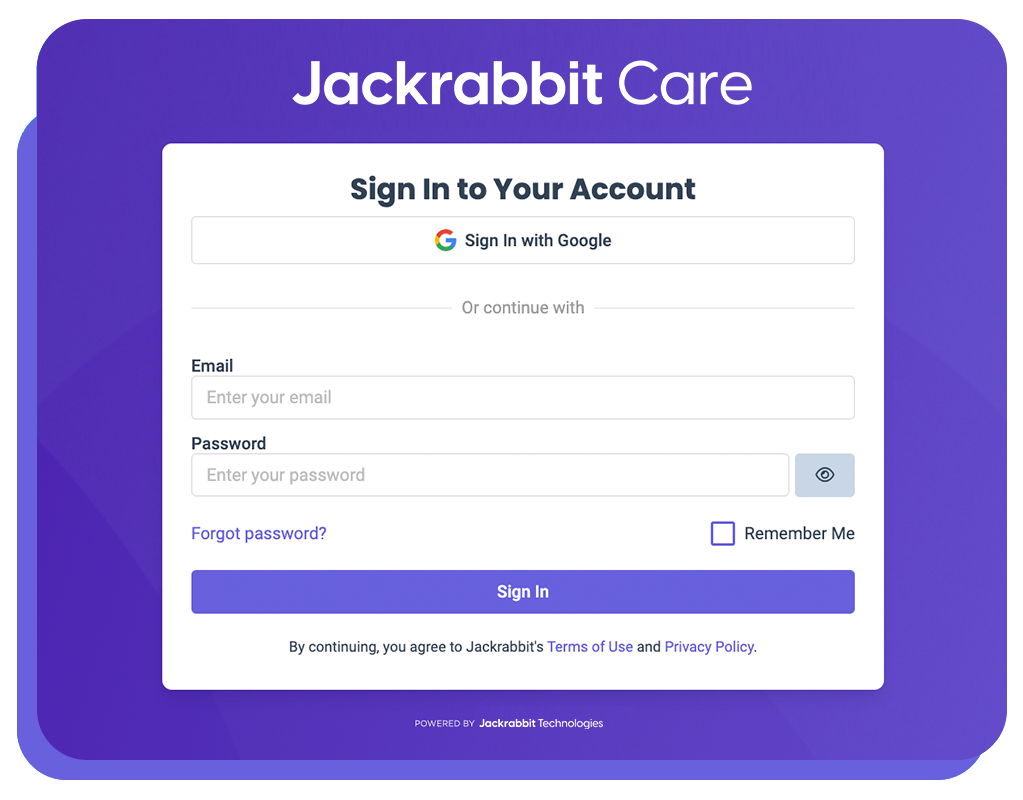Parents consider preparedness one of the key drivers in choosing a childcare center so making sure that your center is safe and secure – even in times of emergency – is critical to your success.
In your preparedness plan, it’s important to include protection and coping mechanisms in addition to procedures for action during emergency situations.
The Center for Disease Control has many resources available including an informative infographic that you can use in your facility.
It’s very important to gather (and regularly update) emergency contact information for each child and to be able to find that information easily – even during an emergency. Jackrabbit provides a place where you can store this data!
A preparedness plan for a childcare center can’t just be a carbon copy of the one used by the business down the street. A childcare center must consider how children think and react when creating their plan because their thought processes are very different from adults.
Therefore, emergencies affect children differently than they do adults.
Children’s bodies are different from adults’ bodies.
- They are more likely to get sick or severely injured.
- They breathe in more air per pound of body weight than adults do.
- They have thinner skin, and more of it per pound of body weight (higher surface-to-mass ratio).
- Fluid loss (e.g. dehydration, blood loss) can have a bigger effect on children because they have less fluid in their bodies.
- They put their hands in their mouths more often than adults do.
- They are more likely to lose too much body heat.
- They spend more time outside and on the ground.
Children need help from adults in an emergency.
- They don’t fully understand how to keep themselves safe.
- Young children may freeze, cry, or scream.
- Older children and adolescents may take their cues from others.
- They may not be able to explain what hurts or bothers them.
- They are more likely to get the care they need when they have parents or other caregivers around.
- Laws require an adult to make medical decisions for a child.
- There is limited information on the ways some illnesses and medicines affect children. Sometimes adults will have to make decisions with the information they have.
Mental stress from a disaster can be harder on children.
- They feel less of a sense of control.
- They understand less about the situation.
- They don’t know how to “bounce back” from hard situations because they have less experience in this area.
The importance of preparedness planning is illustrated in real life stories. A recent news story covered in Canada’s National Post shares one of the heroic episodes from the Fort McMurray fires that took a teacher far beyond fire drills and mock lockdowns.
We’re also sharing one of the many stories from the Center for Disease Control. Summer is coming, so this story is particularly relevant.
Summertime presents a number of heat hazards, including wildfires. Without notice, a wildfire can force families out of their homes, making it difficult to gather critical supplies, especially for children with special medical needs. In case of an evacuation (which can happen in many types of emergency situations), it’s important to make sure that an emergency kit, which includes medical supplies and equipment, is a part of your preparedness plan.
Many people have startled awake in the middle of the night with a sudden clap of thunder or strike of lighting. It’s unsettling at first, but you quickly fall back to sleep after realizing that the thunder is an alert to a passing storm. Wildfires are another story. There is little sound to alert you, as a major danger approaches, giving you little time to prepare. Since wildfires can have many different sources (from lightning to human carelessness) they are also difficult to predict.
In the summer of 2011, a mother was awakened with an evacuation notice due to a growing wildfire. At 10:30pm, she had to evacuate her family including her 3-year-old daughter who has cerebral palsy and epilepsy. This mother was not prepared to evacuate. It was a scramble for her to get everything together—wheelchair, feeding supplies, feeding pump, and medications. She also included a special comfort item to help calm her daughter because her family had no idea how long they would be out of their home.
What lesson can be learned from this mother’s story?
At any moment, a simple storm or fire can turn into a disaster and cause families to feel unprepared to meet the unique health needs of their children. Although the mother in this story did not feel properly prepared for the evacuation, she learned the importance of having an emergency plan in place. It is a lesson that many families have learned first-hand.
A plan is indeed critical for childcare centers where many children spend the majority of their waking hours. This isn’t guesswork. There are resources – including checklists and worksheets – that give centers templates for putting their basic plan in place. Of course, each center is different and preparedness plans may need tweaking to be the perfect fit. This can easily be done from the foundational elements that such organizations as FEMA provide.

